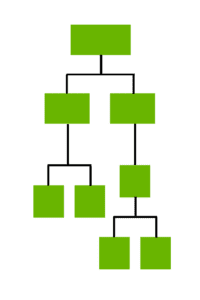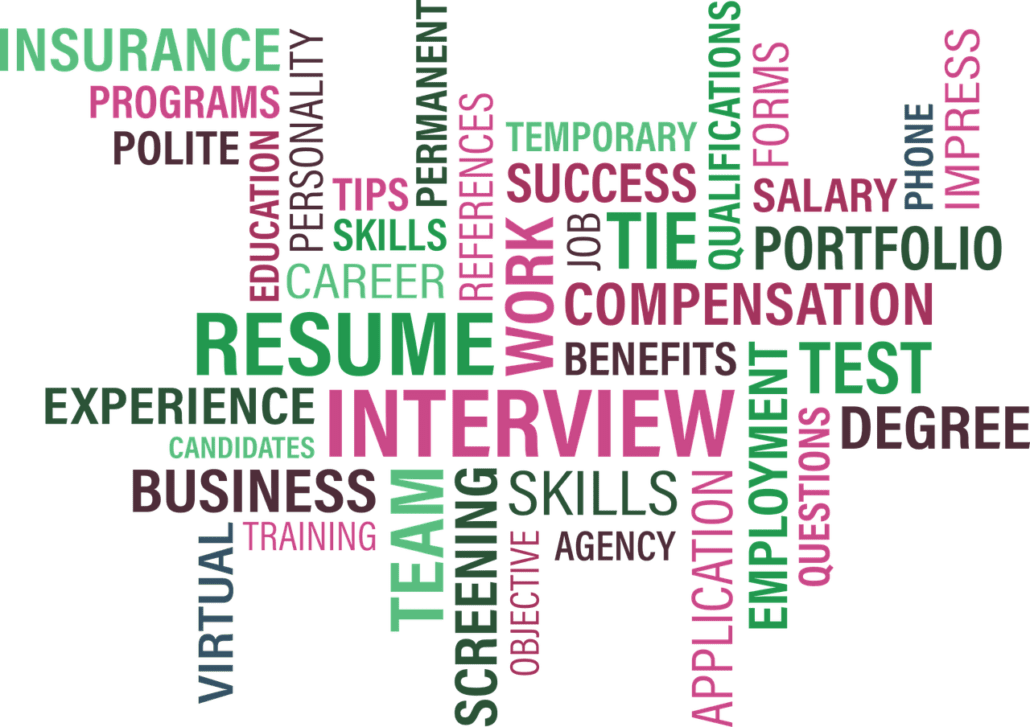Smooth HR Equals Smooth Business Growth
In the business world, growth relies on a team of knowledgeable and experienced professionals. Naturally, the quality of the service or product, the success of the marketing campaigns, and the satisfaction of the customers and partners also play an essential role. But there is no denying that a company that is struggling with finding the appropriate talent or retaining essential skills in-house will also experience a slow or even negative growth. After all, a business is made of people, and it is them who create the necessary additional value. Therefore the performance of the HR department matters hugely to support business expansion. Often overlooked or labeled as the department responsible for internal policies only, the HR has essential tasks to perform successfully in the business structure: From a recruitment process that identifies the right candidate for the job to the effective organization of the team structure. And that is without mentioning the abilities to run useful employee retention policies.
At A Recruiting Level
When it comes to the recruitment process, the HR team is responsible for the job advertisement. While it can be designed in collaboration with the relevant manager, in truth, HR is in charge of defining the job perks that are likely to attract candidates. It is essential at this stage to be realistic. Free gym membership, free coffee, fancy IT devices, company cars, and much more, are among the most common perks to be found in job specs. However, most candidates would happily exchange the latest MacBook against flexible time, as their values have evolved. Additionally, when it comes to the choice of the right candidate, most companies now prefer to use the cover letter as a gauge. Yet this doesn’t mean that the resume doesn’t count: It is used to identify the suitable skills and experience.
Photo courtesy of Pixabay
At An Organizational Level

Limiting Staff Turnover For A Healthy Structure
Last, but not least, it also falls under the HR responsibility to work on employee retention concepts. This requires regular measurements of job satisfaction, stress level, and team integration, as well as internal communication. It is more expensive to launch a new recruitment process than to try to fix existing issues. With this in mind, the HR needs to help develop recognition models that go beyond monetary rewards, and identify structural issues that turn off new employees, such as excessive micromanagement or disinterested team manager.
Organization chart photo courtesy of Wikimedia














Leave a Reply
Want to join the discussion?Feel free to contribute!